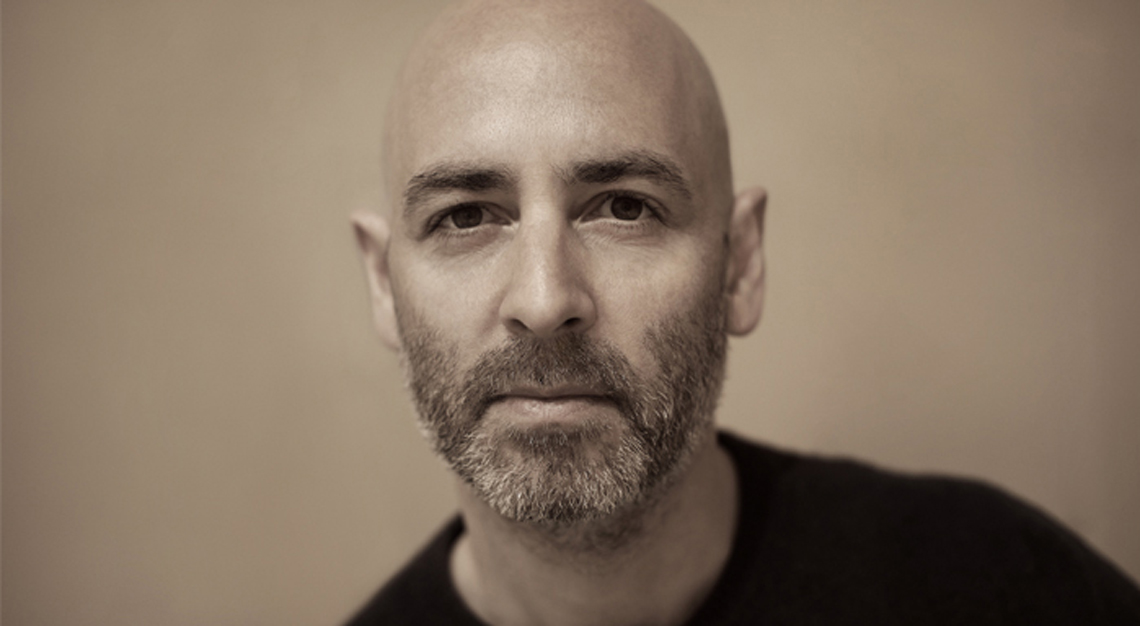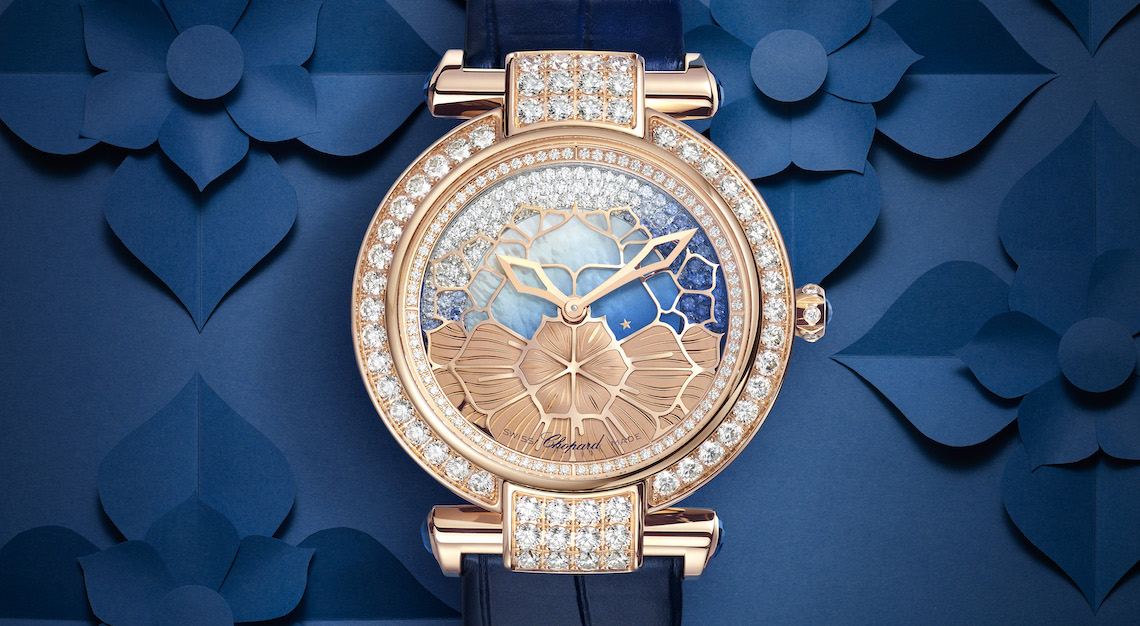Meet the renowned Swiss artist that has an eye for design and an even more powerful ear for captivating sounds
What goes on inside the mind of a ‘sound sculpture’ artist? One would find an endless pit of noise, for certain, but amid the cacophony, there are beautiful revelations to be found. To understand this, one has to have a conversation with Zimoun, a Swiss self-taught artist specialising in sound sculptures, sound architecture and installation art. Relying on mechanical rhythm and flow in programmed systems, Zimoun’s works are typically built from raw materials and industrial objects. The final outcome? A hypnotising installation of art designed to demonstrate the tension between the “orderly patterns of modernism and the chaotic forces of life”.
It’s abstract, but not that complicated. Zimoun simply dabbles in unconventional artistic approaches. And here’s something to ponder upon: how does sound interact with horology? Zimoun’s latest collaboration with Jaeger-LeCoultre late last year proves to be a stellar example. Named The Sound Maker, the installation is an amalgamation of small dc-motors, fine wires, MDF panels and almost 2,000 thin metal discs. These discs, as a matter of fact, are watchmaking components derived from the Jaeger-LeCoultre manufacture to serve as sound sources. Wires are used to connect motors with the discs, which then rotate against the MDF panels – in a similar way to a coin falling to the ground. This friction results in a highly complex sound structure and the movement gives rise to a flickering surface.
How do you explain the work that you do as a sound sculpture artist?
I work as an artist in both music and fine arts. My most celebrated works are mostly mny installative and space-related works, in which materials are activated by mechanical systems to generate sounds. My works are often associated with terms such as ‘sound sculptures’ or ‘sound architectures’, and include spatial, acoustic and visual aspects.
So why sound art?
Since an early age, I have been playing with various instruments, creating small compositions in the process. I played in bands, exploring visual textures and activities while experimenting with old Xerox machines, paint and analog photography. Driven by a minimalistic approach and thinking, I then started to wonder how I could create sounds in real-time on site in the most immediate way, as opposed to recording them first and playing them later through digital or analog processes. At that moment in time, the experimentation with mechanical systems began and I started merging sound and space in my works.

How did the Sound Maker come about?
The collaboration with Jaeger-LeCoultre seemed very interesting to me from the very beginning, as there was a good understanding of art and the necessary freedom of creation. This is not always the case at all when companies are interested in working with artists. Jaeger-LeCoultre created a starting point within which I was able to develop and realise a new work. I also had the complete freedom about all aesthetic decisions, which is very important and essential.
How do you draw parallels between horology and art?
I’m intrigued by systems. In my work, I also develop systems, although through completely unconventional ways. Precision often plays a role in my works, but their liveliness often arises from the fine deviations, variations and inaccuracies made during the process. This is hugely in contrast to the techniques used to make watches, which leave no room for imperfections . Chance and chaos have no place in a clock, while my art is nourished by these elements. So, there are both similarities and fundamental differences between my work and the fine watchmaking.
What are the factors you take into consideration when you create art?
I’m interested in sound as an architectonic element; in sound to create space, but also in sound which somehow is inhabiting a room and the ability to interact with it. Elements like patterns, repetition and spatial structures in general take part in this creative process. As an example, I often work with a large number of the same mechanical systems. Here, the repetition interests me from different points of view: on one hand, I’m looking for individual dynamics growing out of the systems, while on the other hand, multiplication interests me in relation to the three-dimensionality of the work. For instance, if many mechanical systems that are generating sounds are spread all over a space, this creates a three-dimensional space of sound. In that sense, a sound structure can get very complex even if it’s based on many very simple mechanical systems or elements.
So you’ve dabbled in horology. What’s another unexplored territory for you?
There are many interesting options, but it would definitely include working with renewable energies.
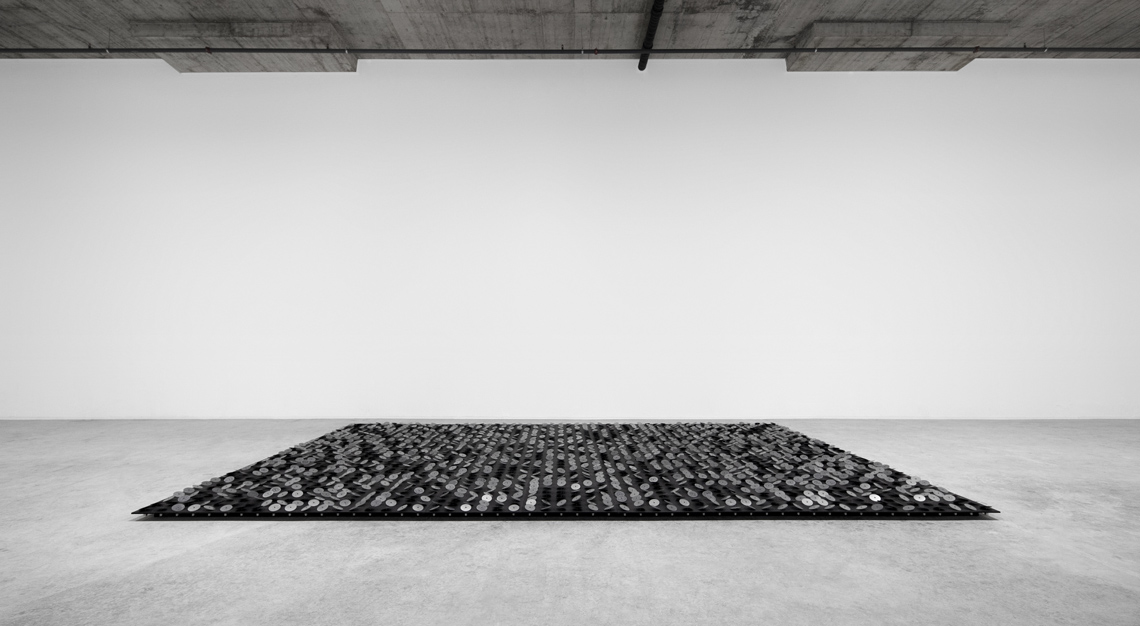
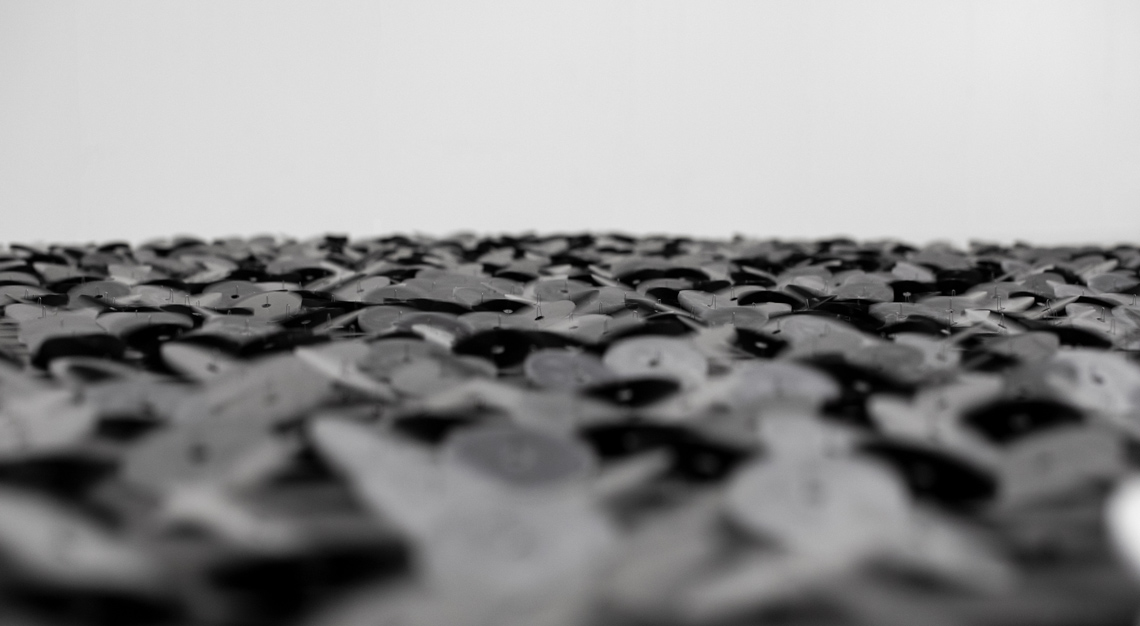
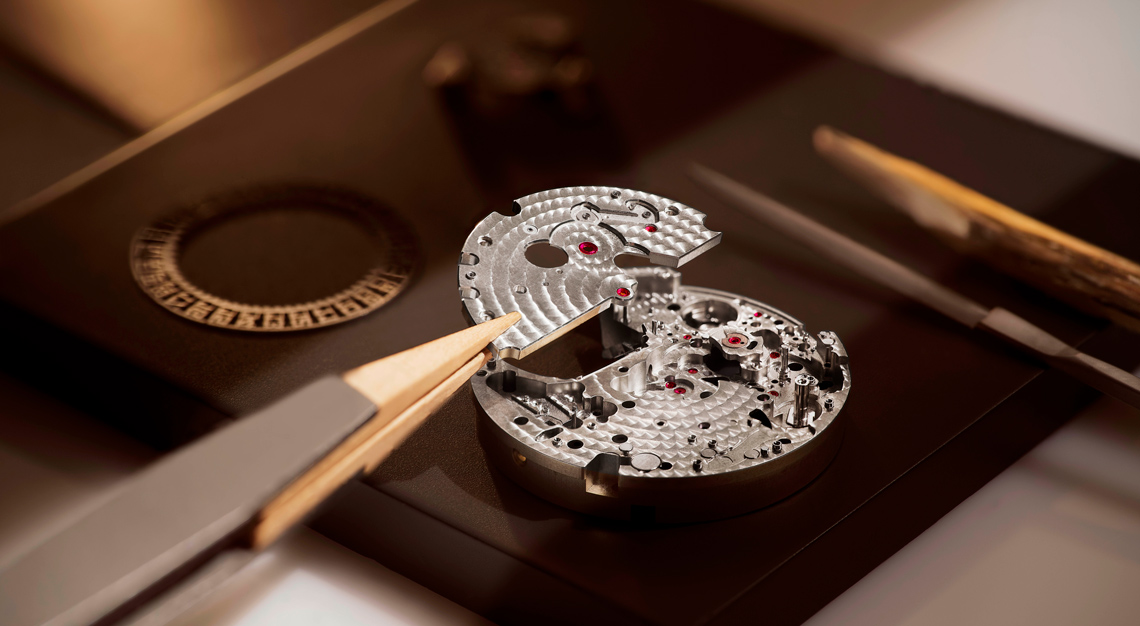
As a sound sculpture artist, how do you always come up with reinvigorating concepts and sounds?
For me, almost everything is inspiring in a way or another. Nature, architecture, society, science, philosophies, engineering, technology, behaviours, the human mind, systems and organisms… it’s an endless list. For instance, I am always fascinated by any kind of experts who are obsessed with what they do and therefore know a lot about their specific field.
Here’s an example: for a while, I was regularly in touch with Danielle Mersch, a scientist who was working at the Ants Laboratory at the University of Lausanne at that time. She specialises in the research of the social behaviour of ants. She showed me the ants lab, along with all the research the team were doing. It was very fascinating and inspiring on various levels.
Since I was a teenager, I’ve always felt a strong connection to all kinds of minimalism. One of the few artists I studied the most was John Cage. I was not mainly fascinated by the works he created, but by his personality, his understanding of all kind of noises and silence in a musical context, as well by his thinking about sound.
The sounds you make can be therapeutic. How do you make the sculptures look attractive too?
The choice of materials used in my work relates to a general interest in simplicity and minimalism. I’m interested in simple, raw, unspectacular, and pure materials. I would even call them honest materials. These are often everyday or industrial materials which are not designed to look nice; however, in my opinion, they are often even more beautiful than materiala created specifically to look nice. Dieter Rams once said, “Good design is the least design possible”.
What’s a world without sound?
It’s a world that is not existing. Even in special rooms which are designed to not make you hear anything from your surroundings, you can hear your own nerve system and body functions. In that sens,e we are not able to ever experience full silence.
